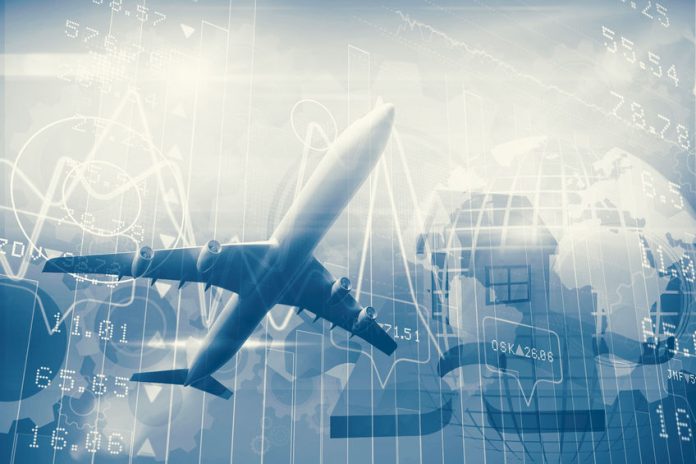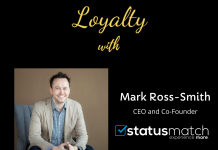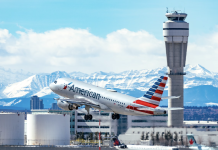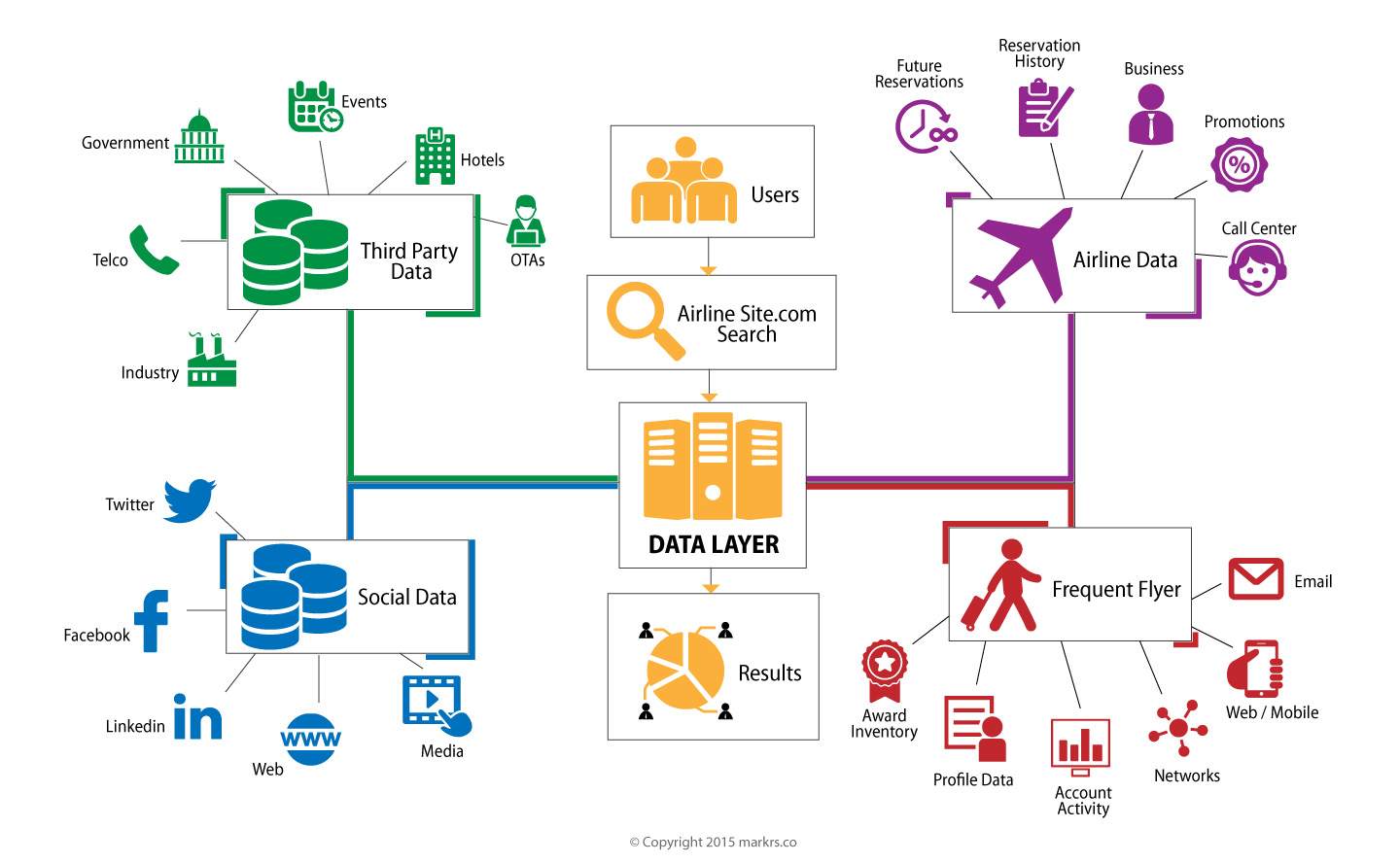
Airline big data, combined with predictive analytics is being used to drive up airline ticket prices.
As airlines and their frequent flyer programs gather more intelligence on your day to day lifestyle, flying and financial position – they begin to build an airline big data profile.
Consumer interests, goals, psychometric assessment, your motivations to engage with a brand at any given every point throughout the day, what has driven you to purchase in the past – and most importantly – where your thresholds are.
To illustrate how data is playing a growing role in today’s flight booking engines I’ve broken down play by play how each piece of data collected about you can be used, analysed and overlaid with other datasets to paint a picture of who you are, what motivates and drives you to purchase a particular product.
Every day – trillions of calculations are number crunched to transform this goldmine of data opportunity into real, tangible high revenue opportunities for the airlines and their frequent flyer programs.
“When armed with key insights , a holistic overview of yours, and other customers’ detailed profiled information can be applied to direct booking channels which are designed to customize pricing for your personal situation at that very given moment. Here is how it’s done through Individual, customized pricing.”
How airline big data is used
Consider the following scenario – the airline already has access to all of the information and examples are given below.
The airline knows that when you fly LAX-JFK, it’s always a business trip. They also know or have access to the following data points:
- How much you have historically paid for a ticket (what you’re willing to pay)
- When prices have been higher than you typically purchase for; when you drop out of the sales funnel and abandon a purchase (what you’re not willing to pay)
- How many times you research a flight (if any) before making a purchase and how far through the booking process you get each time (from other data they can guess when you’re most likely to continue to the payment screen)
- Where your cursor (if PC) hovers during the search process (does it gravitate towards first class pricing or the insurance info-graphic on the left?)
- The colours of specific action points on the page people like you most respond to (everyone is different and has attractions to different colours. Are you colour-blind? Airline can figure this out from its own data and display appropriate alternatives that are customised to you)
- The average amount that people like you pay for the same flight (also factoring in time/day, seasons, flight loads, aircraft type etc..)
- If there is a specific event on in your destination city related to your line of work and the likelihood you need to be there on a particular day/time
But wait, there’s more!
- Are you obsessed with specific seats? (If your favourite seats are taken and you’re less likely to fly on that flight – this can be factored into the equation to move the price needle up and down)
- The likelihood of you booking the fare on the airlines own website based on all this, the past and similar data on people that match your micro-demographical profile
- How motivated you (and your family/friends) are to reach the next level of status/retain your current status
- The share of wallet/loyalty that airline has over your spend on that particular route (readily available information for airlines)
- Your typical payment method and data on other users of this payment method (e.g.: Tracking the first eight digits of your credit card number tell the airline what bank and type of credit card you are using for transactions. It’s also possible to figure out who is paying for your flights)
- If you have a family, how big it is and how you value time spent with them (easy to obtain from airlines own data sources when overlaid with outside metrics)
- How often you have been upgraded for free, used miles/certs to upgrade and calculating if you’re likely to go for an upgrade or pay the extra based on this and many more above factors.
- Third party cookie tracking/data sharing to map where your browsing behaviour has been in the 100’s of pages leading up to the purchase (e.g.: did you come from your company web page prior to this search? Historical data could indicate this is a work trip, work is paying, you have no/budget restrictions. Therefore, higher price options can be displayed. Other people from your company in Cxx positions typically pay/book XX and YY)
- Have you recently engaged with a specific brand through online advertising? (What did it look like, was there a call to action and your metrics compared to others who also interacted)
And there’s still more…
- Is your boss on any of these flights? (How long since your last promotion, are you trying to impress your boss? Will you receive an upgrade before they do? Do you like your boss and/or do people like you like their bosses? Maybe this flight isn’t for them…)
- Your existing frequent flyer points balance, how you typically redeem for flights and if you’ve recently searched for an award flight to a destination you need more miles to make a redemption for (+ 1 for less likely to use miles on upgrades, likely to be okay with booking higher class fare if existing bookings wouldn’t make this requirement)
- A close friend or relative has recently passed away and you’re searching for a flight to the funeral (although most airlines have compassion fares – this data can be available in some regions)
- Your history of purchasing miles, when and how you redeem these miles (on the home carrier? in which cabin? How far in advance is the booking? Do you make changes? Is it during the school holidays? Business or leisure destination? Are you travelling with others? What do the other frequent flyer accounts look like – how will it weight this passenger score on this flight search? Who and how are taxes paid for?)
- Have you ever checked the insurance box (even for a second to test it), hovered over a ‘more info’ graphic, or even purchased insurance during the checkout process
- How many other flights does this passenger have booked in the coming days/weeks/months, with the home or partner airline, what class of travel, who travelling with, who paid etc (this can play a large part in determining if the current booking is biz/leisure and helps the airline map out what it thinks your work to vacation ratio looks like)
- Have you recently obtained a new credit card, what type and do we have any record of miles posting to the account from this card type? How often do you engage with these cards?
- If you’ve not recently had any bonus miles from credit card applications – you might be offered a specific deal during the checkout process to apply for a card which the airline thinks you don’t yet have in your wallet
- Do you have any confirmed hotel reservations in the arrival city? (are you already committed to a flight purchase? Watch the price creep up across the board!)
Additionally
Your current physical geographical location, where the airline thinks you are based on flight activity, the last known location you engaged with a flight search, the last location you opened an email or performed a flight search, device type you’re searching from and time of day – are all pulled into the flight query – in real time and used to cross-pollination the data metrics.
(Keep in mind that this is not a complete set of parameters used for flight search queries)
Above is a visual representation of the user flow and how various data sources play a role in calculating real-time predictive metrics to present you with the right offer at the right time. Airline big data modelling is big business, and it’s driving new revenues for airlines and their loyalty programs.
Armed with this treasure trove of information, the airline CRM and Reservation systems kick into overdrive during your search. The system then pulls the percentage% chance of you matching or engaging with any data point based on the search query. Essentially the data is making an intelligent response on how you will buy/not buy based on all the available data.
Behind the scenes – each piece of data has a score, and the categories each sub-segment of data sits in will have an attached weight to the data – which is entirely dynamic and changes every day depending on other internal and external variables which constantly change the outcome.
For example, tomorrow 1,000,000 miles hit your account; you make a complaint via phone; you’re delayed by 42 minutes on another flight with another carrier not affiliated with your home airline – this information will all change the internal scoring metrics for each individual subset of data profiled about you. Of course, this will help improve other divisions in the airline and not only in direct online reservations.
If the airline knows you’re always delayed on flights you’re taking with other carriers; you will magically start seeing wording such as “We have 98.9% on-time performance on flights over 4 hours! ” Sound familiar?” The overall result to you – the customer – is seamless. You have no idea trillions of calculations are running in the background.
What airline big data looks like to the consumer
And that original LAX-JFK flight search you made? Well – the price should be “a little more than usual – but reasonable given the circumstances”.
This is what airlines refer to as the holy grail of big data – you’re a happy customer and the airline can extract additional new revenues from you in a meaningful and measured manner. This creates new high revenue opportunities without the need for additional capacity. Revenue Management on steroids.
This scenario and many more like it are all possible today. Major airlines around the world are making significant investments into predictive analytics and data mining where the rewards are happier customers, a more streamlined booking process, higher RASK/RASM and ultimately record-breaking profits reflected on the bottom line.
Welcome to the future of big data in the sky.
























